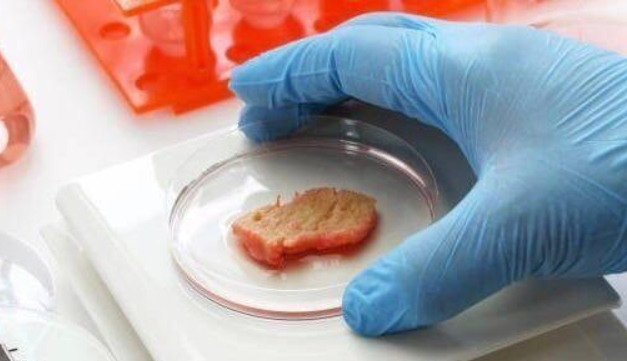At present, two manufacturers of cultured meat exist: GOOD Meat and UPSIDE Foods. Both of these firms have gained endorsement from the FDA and USDA for their lab-cultivated meat items. They’ve collaborated with Bar Crenn in San Francisco and a separate restaurant in Washington D.C., owned by chef Jose Andres, to aid in the debut of their offerings to people. The restaurant patrons can buy the “chicken” from either of these establishments. Currently, lab-grown chicken is the sole cell-cultivated meat available without the need for extra permits.
The manufacturers of cell-cultivated meat are advocating the ethical aspect of “no-kill” and asserting that lab-grown meat is more environmentally friendly. The “chicken” products developed by GOOD Meat and UPSIDE Foods are derived from cells sourced from fertilized eggs. They argue that this approach eliminates the need for animals to endure overcrowded and unhealthy environments or to be culled for food.
This insight could potentially convince certain vegans, a significant portion of whom adopt their way of life to combat animal suffering, to consume lab-grown meat. However, there are those who argue that because the meat’s cells were originally sourced from a living animal’s egg, it remains objectionable to them.
The lab-grown meat won’t be accessible in grocery stores for a considerable duration. Both firms are still fine-tuning the necessary processes to produce the significant quantities essential to support such an undertaking.
At present, the “chicken” can be cultivated and processed into a batter-like consistency, allowing it to be shaped into nuggets or a unified meat piece. Individuals who have sampled the product affirm that it genuinely resembles chicken in taste, although the texture might require some refinement.
Once the meat products are ready for the broader market, they will carry designations such as “USDA inspected” and “cell-cultivated” to set them apart from conventional meat, although they won’t carry a certification as vegetarian. The USDA is also contemplating the inclusion of a label that signifies “cruelty-free.”








